
Folk Medicine

32 books
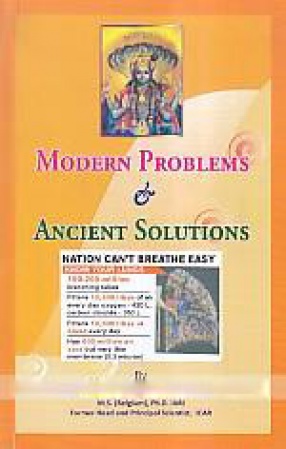
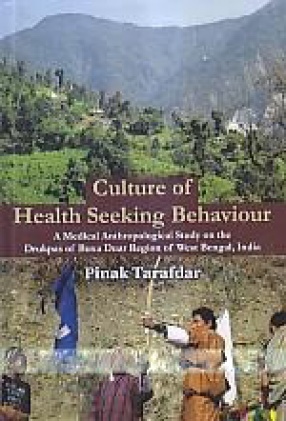
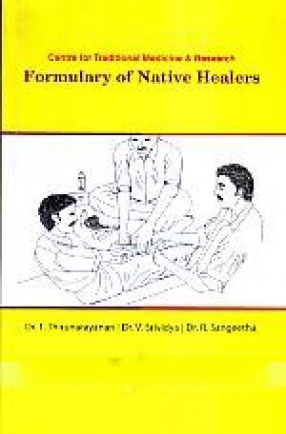

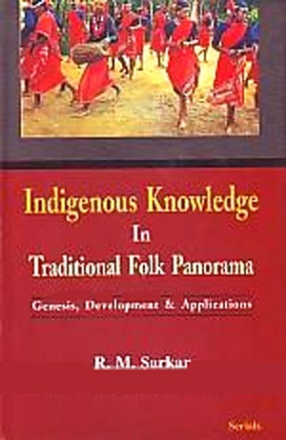

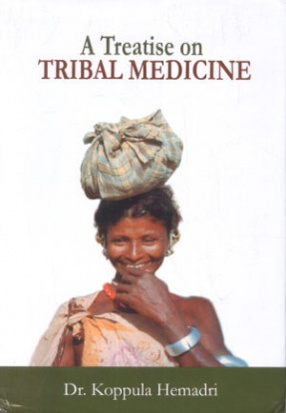

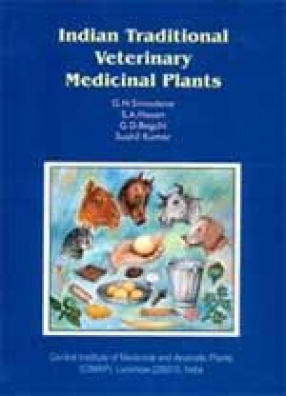


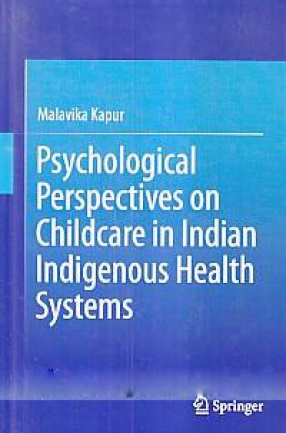

The book entitled ‘culture of health seeking behaviour’ explores the process of searching and availing the health care services prevalent in a culture and it also examines the subsequent transformation in virtue of modernization. Explanatory model of an individual belonging to a specific culture plays a determining role for choosing appropriate health seeking behavior. The said behavior is actually a decision making process governed by an individual ...


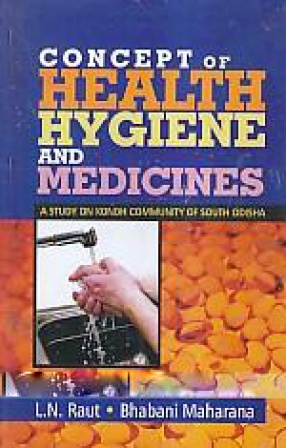
Scholars discuss aspects related to a major tribal community of Odisha, the Kondh who live in the hilly and inaccessible tracts of southern Odisha. They deal with the climate, flora and fauna of the Kondh inhabited areas and the social organisation of the community. They focus on the concept of health and hygiene and medicinal traditions, taking into consideration the Kondh’s awareness about health and factors contributing to the degradation of their ...
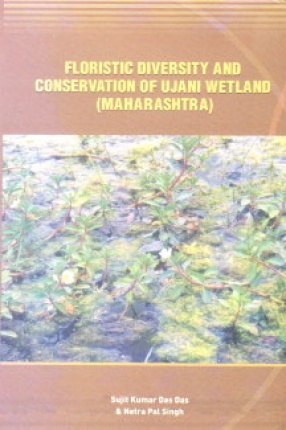
The Ujani Wetland is a manmade wetland that came into existence in June 1980. It was formed because of the construction of Ujani dam across the river Bhima which is a tributary of the river Krishna. It is named after Ujani Village and lies between 18 04 24 North latitude and 75 07 15 East longitude on the border of Solapur Ahmednagar and Pune districts of Maharashtra. It is situated about 150 km away from Pune, on Pune-Solapur road. The gross catchment area is ...
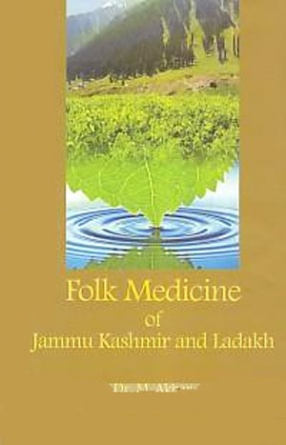
The Jammu & Kashmir state of the Indian Union and the region of Ladakh in the Himalayas, form the northern most part of the country. This collection of over half a dozen of writings of the author provides rich scientific information about various folk medicines and traditional healing practices and systems of this region. Various alternative practices used in the region such as spiritual healing, healing through music, Shamanism, etc., have been discussed and ...
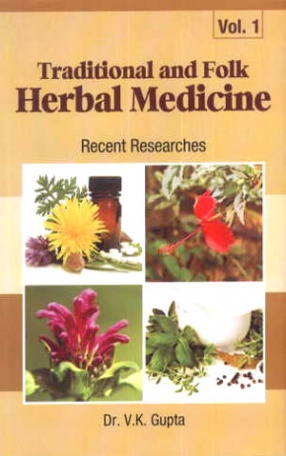
In almost all the countries, traditional and folk herbal medicines have been extensively used since times immemorial for healthcare. Ancient religious texts are replete with references on the use of herbs with medicinal properties. Because of the local beliefs and practices and also from cost considerations herbal medicines remain a popular mode of treatment in the developing countries. In the industrialized society also, the rising cost of prescription drugs and ...
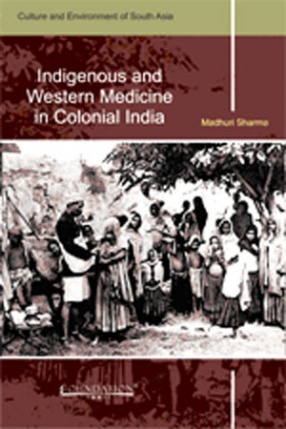
Indigenous and Western Medicine in Colonial India delves deep into the social history of medicine and reflects on the multiplicity and complexity of social interaction and encounter between indigenous and western medicine. An important feature of this book is that it is prepared almost solely on the basis of sources such as tracts and pamphlets written by a wide variety of people, brochures and booklets of various medicine shops and drug manufacturing companies. ...
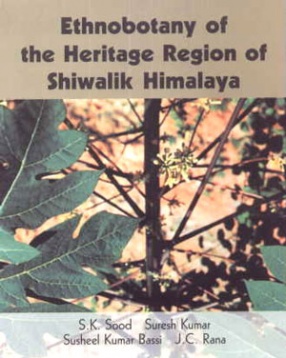
This treatise comprehends valuable information on 570 ethnic uses of 204 plant spp belonging to 165 genera under 69 families (medicinal-153 spp representing 29% of the plants used ethnobotanically, edible-81 spp, sacred – 48 spp, fodder-47 spp, fuel-24 spp, veterinary ailments-20 spp, ornamentals-17 spp, scouring teeth-16 spp, agricultural implements-12 spp, fencing-9 spp, furniture-8 spp, bites-7 spp, dye-6 spp, fiber-5 spp, insect repellent-3 spp, ...

The Himalayan valley of flowers, a world heritage site, is a paradise on earth, which attracts thousands of people from India and abroad. The valley abounds in enchanting landscape filled with flowers of hundreds of species, each one differing from the other in colour, shape and beauty.
This book is the result of regular visits for over three years to the valley of flowers and adjacent areas like Badrinath, Neelkant base, Mana and Vasundhara. The book is written ...

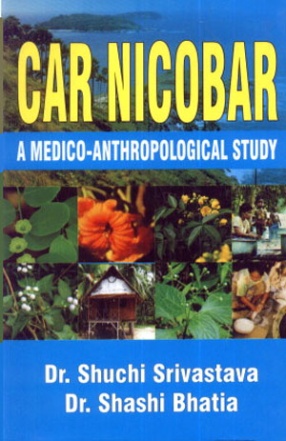
Medical beliefs and practices play an important role in every culture. All cultures have a set of ideas for defining and treating disease and ways of prescribing cures. The book deals with the traditional system of medicine prevalent among the Nicobarese of Car Nicobar Island. The aim of the study was to cover all the aspects related to their traditional system which includes their traditional beliefs and practices regarding health and sickness, diseases and ...

This book aims to give a glimpse of the vast knowledge of natural ethnomedicines still effectively used by the indigenous people of our country. It foucuses on the tribal dependence on nature especially in therapic purpose. The book also tries to reveal the potential healing power of this simple, efficacious and cost friendly alternative therapy. At the same time, it also warns about the adverse effect of indiscriminate and thoughtless use of nature and ...


The complexity of human society raises important issues touching on all aspects of our lives. Dr. Hemadri Koppula’s A Treatise on Tribal Medicine opens the way for the development of Tribal Medicine for more effective health promotion and disease prevention in a natural process across the world. The tribals are humanists and find all their cures in nature. The major advantage identified with this Tribal Medicine is its absolute safety without side-effects ...


This book provides an overview of how key aspects of the current drug development process and presents ideas as to how the process may work in the future. The book is organized to reflect the various functional disciplines involved in the development of drugs. Although some disciplines, such as basic research, are likely to experience great changes in the next few decades, all functional areas are evolving as the advances in basic science allow fundamental health ...



Plants have been utilized by man to meet his daily requirements since ancient times. As civilisation progressed, humans learnt the use of plants for their health care also. Since both man and plants co-evolved together, many of their constituents are similar in nature and therefore certain plant compounds have been found to cure specific human diseases. Traditional and folklore medicinal systems of India are very rich in knowledge on the plants as drugs. This ...

